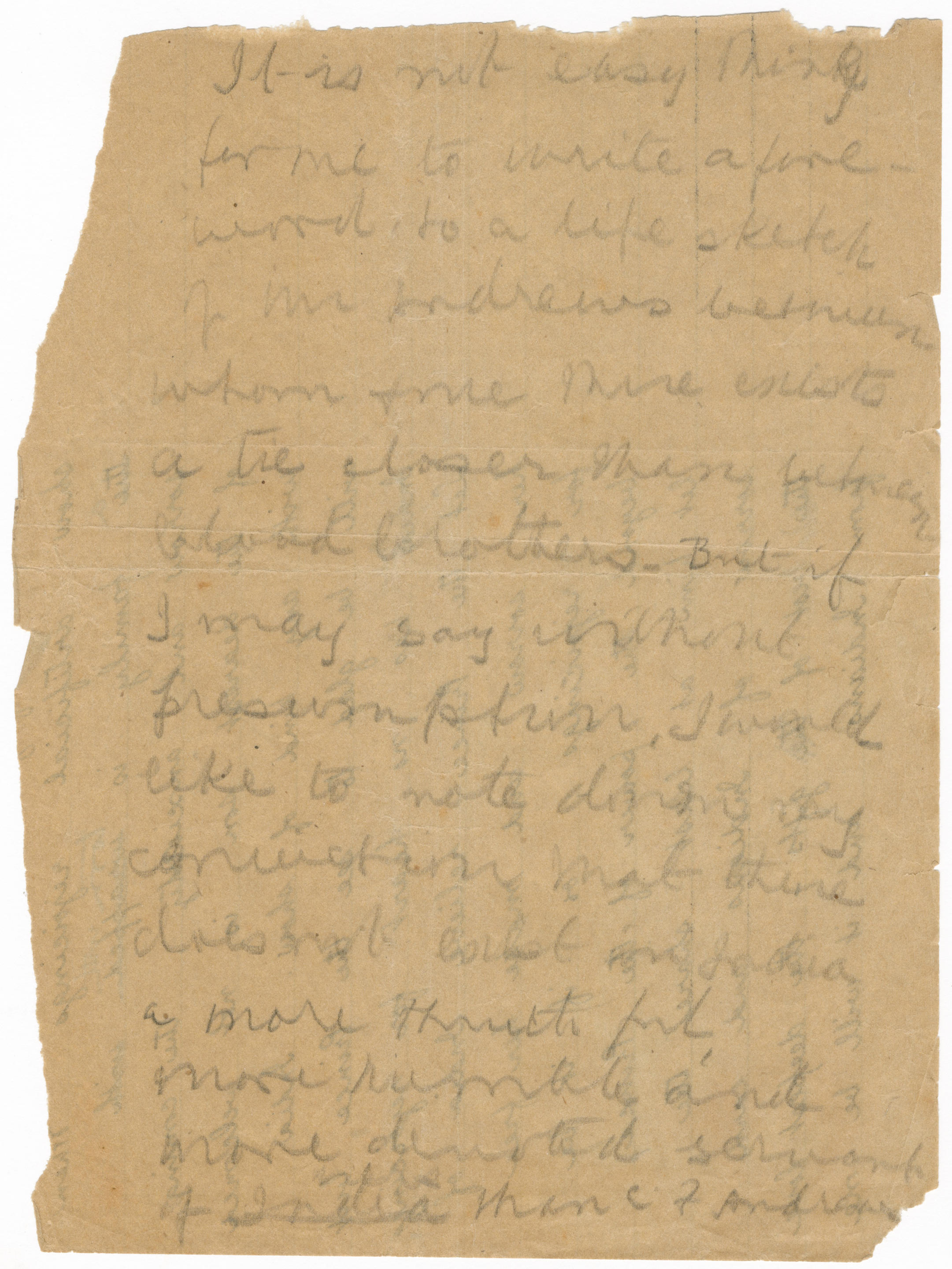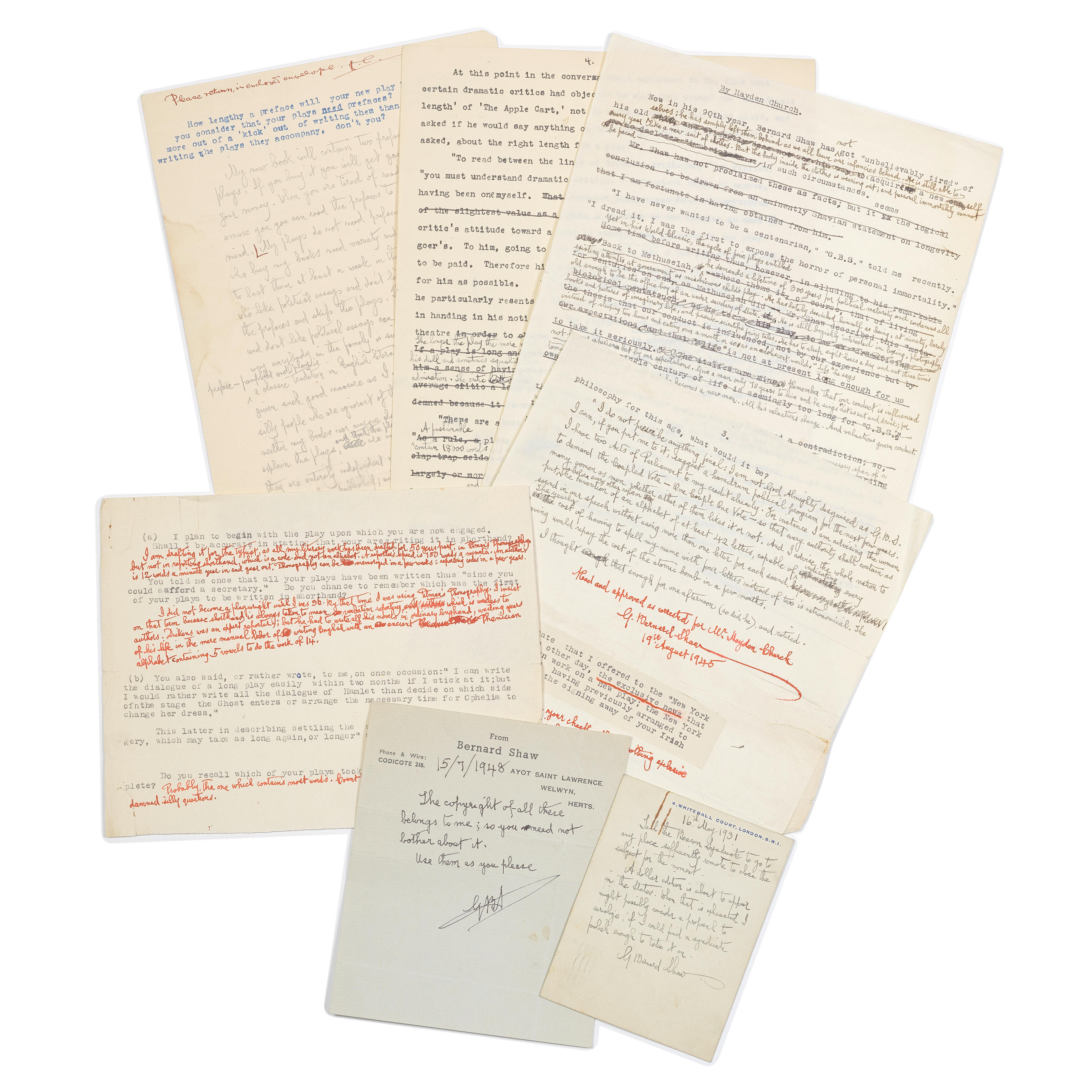'One cannot pay too high a tribute to the memory of such a man, he was a credit to the Navy, loyal to his Queen, a patriot, in fact a Britisher.' Campion's obituary, 11 September 1911. The rare and fascinating Indian Mutiny group of three to Able Seaman J. Campion, R.N., a member of Pearl's Naval Brigade, which rendered invaluable service on the River Gogra in the darkest days of the campaign Crimea 1854-56, 1 clasp, Sebastopol (Jas. Campion. Sailmr's Crew.), officially impressed naming; Indian Mutiny 1857-59, no clasp (Jas. Campion, A,B, Pearl.); Turkish Crimea 1855, this last brooched, very fine (3) James Campion was born at Loughborough on 17 March 1827. A restless adventurer, he volunteered for the Franklin Expedition in 1845, along with two companions. They agreed that all were to go or none. Campion was selected, and so was another, but the third was rejected, meaning that Campion narrowly escaped death in the Northwest Passage. Campion instead travelled to New Zealand, joining the Royal Navy at Auckland in 1848. His first ship was Calliope, 32 guns, which had played an important role in the Flagstaff War two years earlier. He then served aboard London, 92 guns, throughout the Crimean War (Medal & clasp). London took part in the bombardment of Fort Constantine, part of Sebastopol's defences, on 5 October 1854. A second-rate wooden tall ship, she sustained heavy damage from shore batteries. The Allied fleet lost 340 sailors during a six-hour gunnery duel, but made little impression on the Russian defences. Sebastopol was to defy the Allies for another eleven months. Campion met with rather more success on his next ship, Pearl. Unlike London, Pearl was a state-of-the-art 21-gun screw-propelled corvette, launched from Woolwich in 1855. Pearl left Spithead on 30 May 1856, bound for the South Pacific. Tensions flared between Britain and Peru following the Peruvian capture of a British-flagged ship. Pearl managed to capture two Peruvian men-of-war, carrying 500 soldiers. She then sailed to the Sandwich Islands (modern-day Hawaii), before heading towards Hong Kong, where Chinese privateers were making trouble. Along with the frigate Shannon (see previous Lot), Pearl was placed under the command of Admiral Sir Michael Seymour as the Second Opium War loomed, but in July 1857, on receiving news of the Indian Mutiny, both ships hurried towards Calcutta. While sailing through the Strait of Malacca, Pearl's crew spotted groups of redcoats along the shore. These were the 90th Foot (Perthshire Volunteers), this regiment having been wrecked off Singapore some days earlier. Pearl picked them up and landed them safely at Calcutta on 8 August; the 90th went on to win six Victoria Crosses during the Siege of Lucknow. Mutiny service When Captain William Peel of the Shannon formed his Naval Brigade at Calcutta in early September (see previous Lot), it initially included 175 men from the Pearl. The combined force travelled up the Ganges as far as Buxar, but there they separated. While Shannon's Naval Brigade continued on to Cawnpore and Lucknow, Pearl's Bluejackets, under the command of Captain Edward Southwell Sotheby, were to play a unique role in suppressing mutinous parts of northern India. The exploits of Pearl's Naval Brigade are vividly recorded in The Cruise of the Pearl (1859), a memoir written by the Reverend E. A. Williams, who was Chaplain of the Pearl throughout her adventures. Buxar was one of the main government studs for breeding cavalry horses, and Pearl's Naval Brigade was used as a garrison at its nearby fort. There the Bluejackets were drilled daily, becoming proficient in the movement of heavy guns. On 23 October, news was received of a mutiny at Chupra, about forty miles north of Buxar on the border with Nepal. This mutiny threatened to engulf several districts north of the Ganges, yet Pearl's Naval Brigade was the only European force within 200 miles of the area. Sotheby's small command had recently been reinforced by a
'One cannot pay too high a tribute to the memory of such a man, he was a credit to the Navy, loyal to his Queen, a patriot, in fact a Britisher.' Campion's obituary, 11 September 1911. The rare and fascinating Indian Mutiny group of three to Able Seaman J. Campion, R.N., a member of Pearl's Naval Brigade, which rendered invaluable service on the River Gogra in the darkest days of the campaign Crimea 1854-56, 1 clasp, Sebastopol (Jas. Campion. Sailmr's Crew.), officially impressed naming; Indian Mutiny 1857-59, no clasp (Jas. Campion, A,B, Pearl.); Turkish Crimea 1855, this last brooched, very fine (3) James Campion was born at Loughborough on 17 March 1827. A restless adventurer, he volunteered for the Franklin Expedition in 1845, along with two companions. They agreed that all were to go or none. Campion was selected, and so was another, but the third was rejected, meaning that Campion narrowly escaped death in the Northwest Passage. Campion instead travelled to New Zealand, joining the Royal Navy at Auckland in 1848. His first ship was Calliope, 32 guns, which had played an important role in the Flagstaff War two years earlier. He then served aboard London, 92 guns, throughout the Crimean War (Medal & clasp). London took part in the bombardment of Fort Constantine, part of Sebastopol's defences, on 5 October 1854. A second-rate wooden tall ship, she sustained heavy damage from shore batteries. The Allied fleet lost 340 sailors during a six-hour gunnery duel, but made little impression on the Russian defences. Sebastopol was to defy the Allies for another eleven months. Campion met with rather more success on his next ship, Pearl. Unlike London, Pearl was a state-of-the-art 21-gun screw-propelled corvette, launched from Woolwich in 1855. Pearl left Spithead on 30 May 1856, bound for the South Pacific. Tensions flared between Britain and Peru following the Peruvian capture of a British-flagged ship. Pearl managed to capture two Peruvian men-of-war, carrying 500 soldiers. She then sailed to the Sandwich Islands (modern-day Hawaii), before heading towards Hong Kong, where Chinese privateers were making trouble. Along with the frigate Shannon (see previous Lot), Pearl was placed under the command of Admiral Sir Michael Seymour as the Second Opium War loomed, but in July 1857, on receiving news of the Indian Mutiny, both ships hurried towards Calcutta. While sailing through the Strait of Malacca, Pearl's crew spotted groups of redcoats along the shore. These were the 90th Foot (Perthshire Volunteers), this regiment having been wrecked off Singapore some days earlier. Pearl picked them up and landed them safely at Calcutta on 8 August; the 90th went on to win six Victoria Crosses during the Siege of Lucknow. Mutiny service When Captain William Peel of the Shannon formed his Naval Brigade at Calcutta in early September (see previous Lot), it initially included 175 men from the Pearl. The combined force travelled up the Ganges as far as Buxar, but there they separated. While Shannon's Naval Brigade continued on to Cawnpore and Lucknow, Pearl's Bluejackets, under the command of Captain Edward Southwell Sotheby, were to play a unique role in suppressing mutinous parts of northern India. The exploits of Pearl's Naval Brigade are vividly recorded in The Cruise of the Pearl (1859), a memoir written by the Reverend E. A. Williams, who was Chaplain of the Pearl throughout her adventures. Buxar was one of the main government studs for breeding cavalry horses, and Pearl's Naval Brigade was used as a garrison at its nearby fort. There the Bluejackets were drilled daily, becoming proficient in the movement of heavy guns. On 23 October, news was received of a mutiny at Chupra, about forty miles north of Buxar on the border with Nepal. This mutiny threatened to engulf several districts north of the Ganges, yet Pearl's Naval Brigade was the only European force within 200 miles of the area. Sotheby's small command had recently been reinforced by a








.jpg)
.jpg)





Testen Sie LotSearch und seine Premium-Features 7 Tage - ohne Kosten!
Lassen Sie sich automatisch über neue Objekte in kommenden Auktionen benachrichtigen.
Suchauftrag anlegen